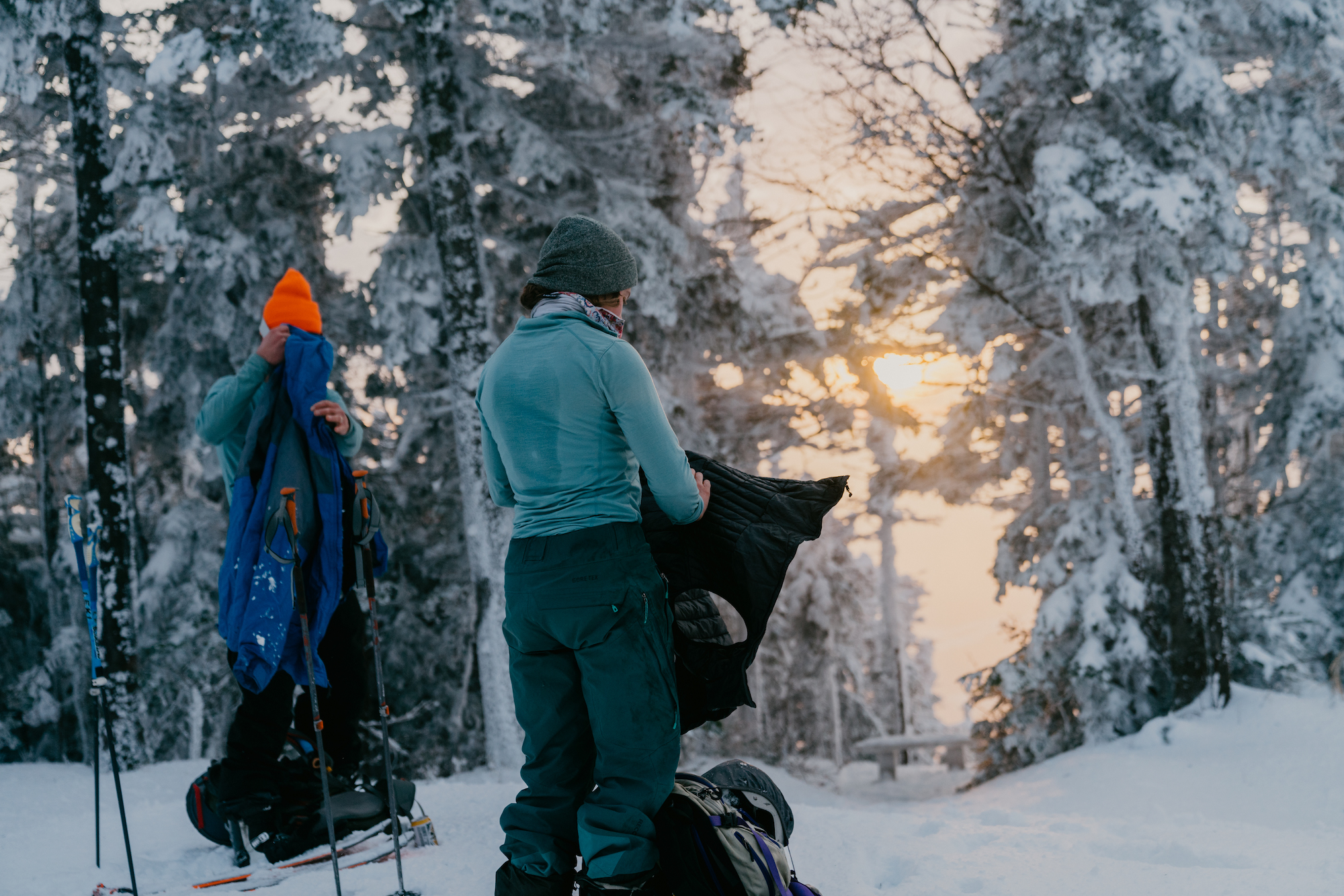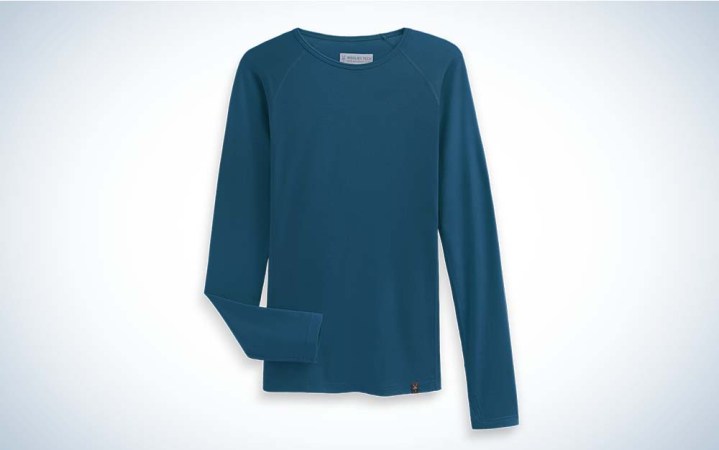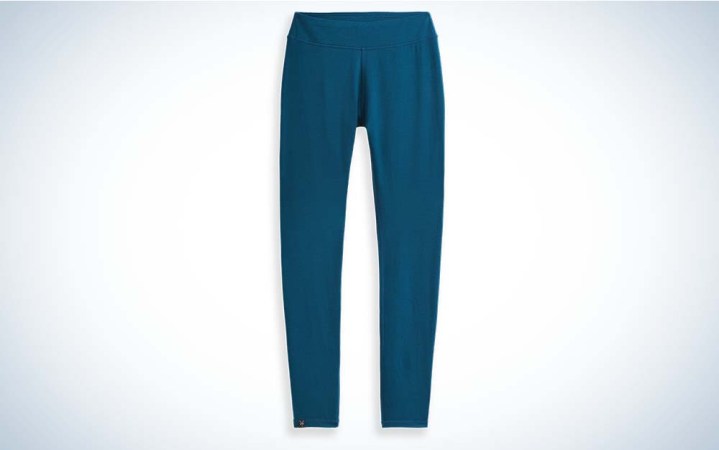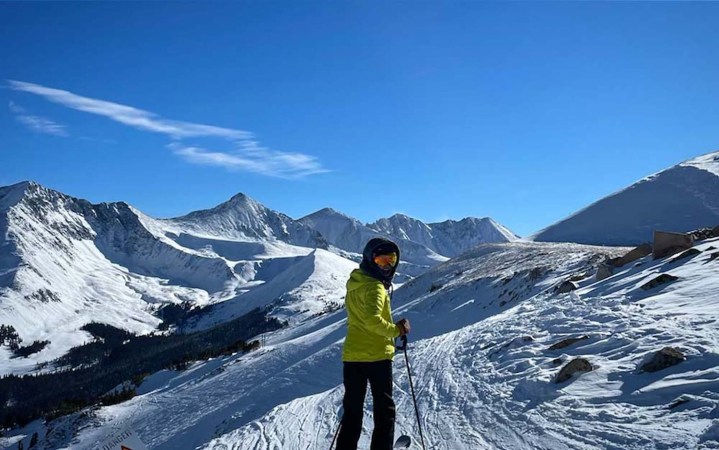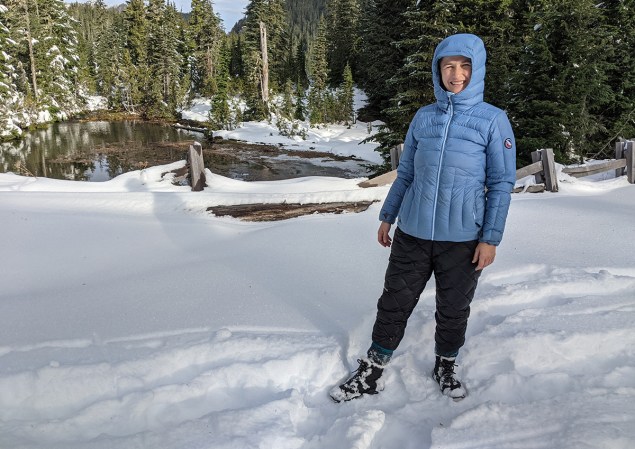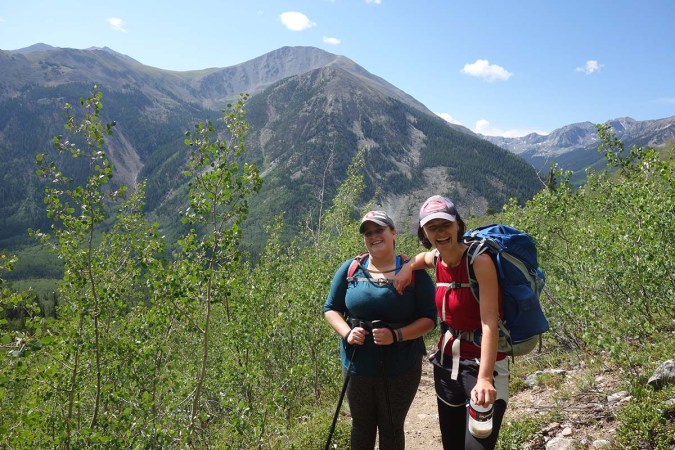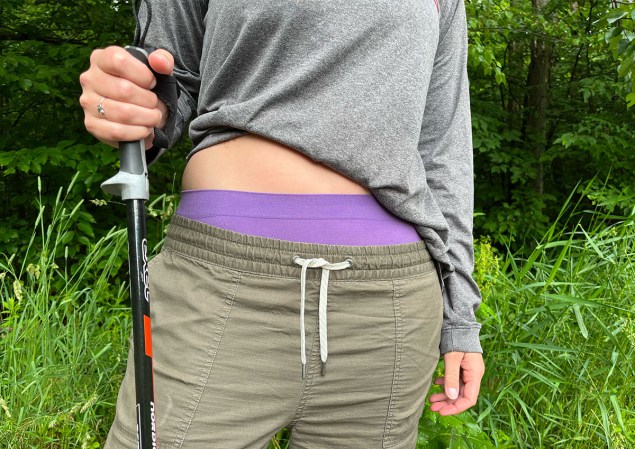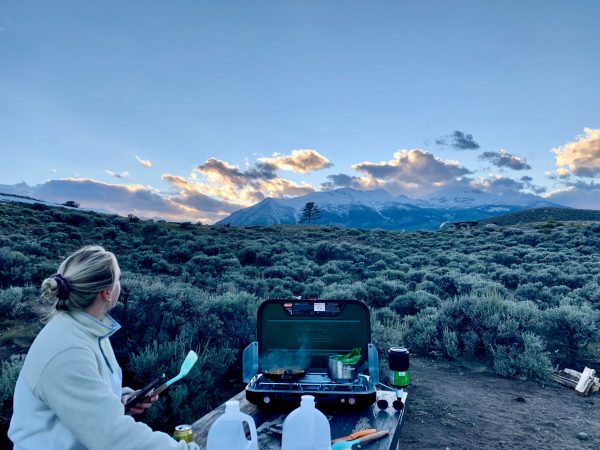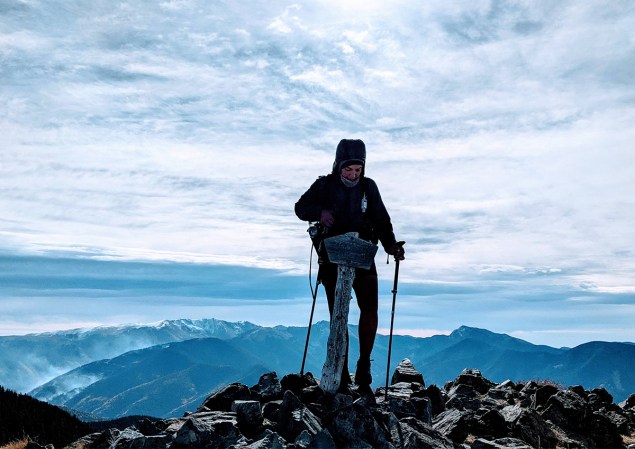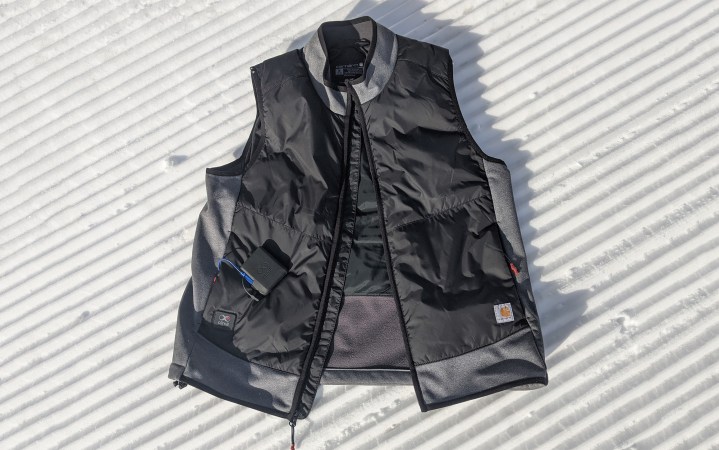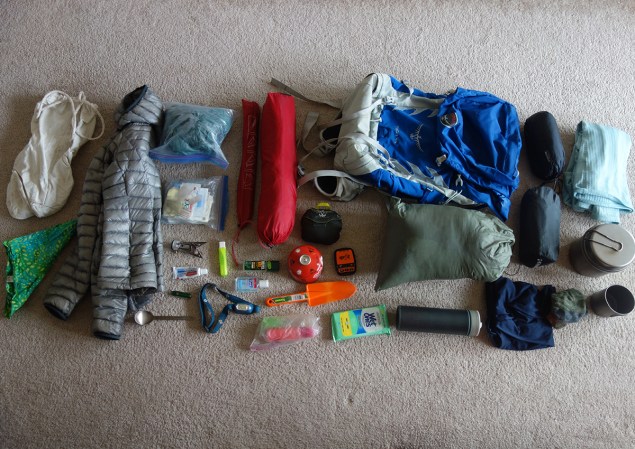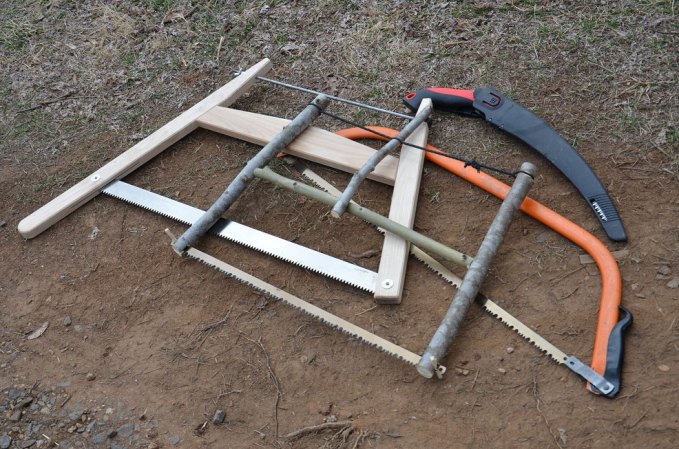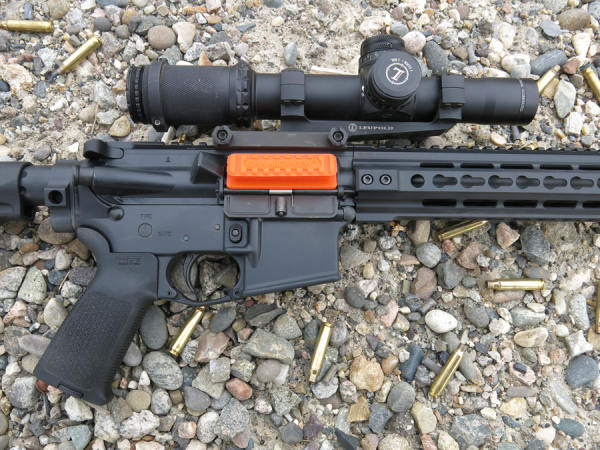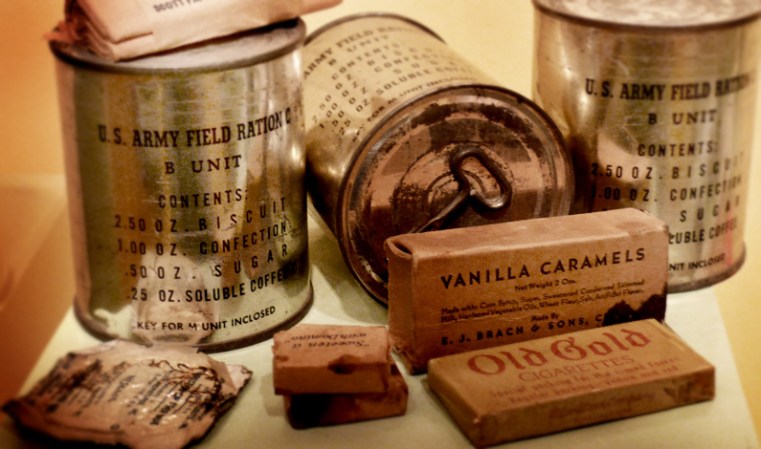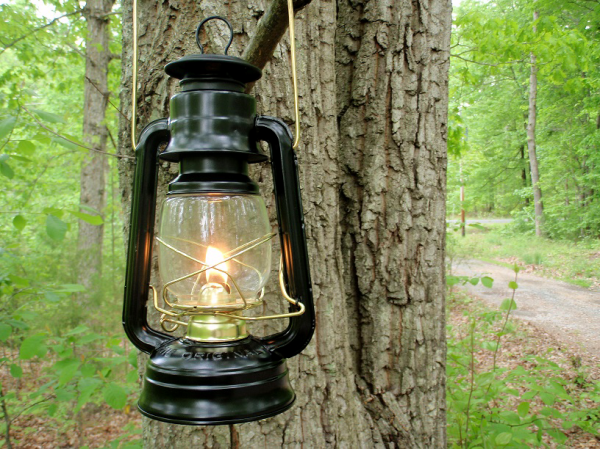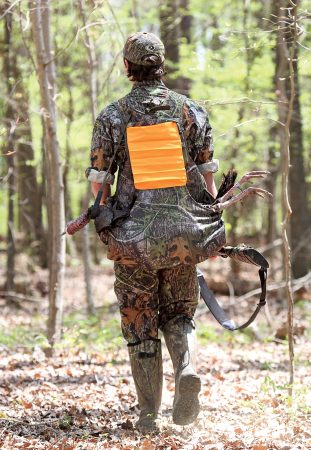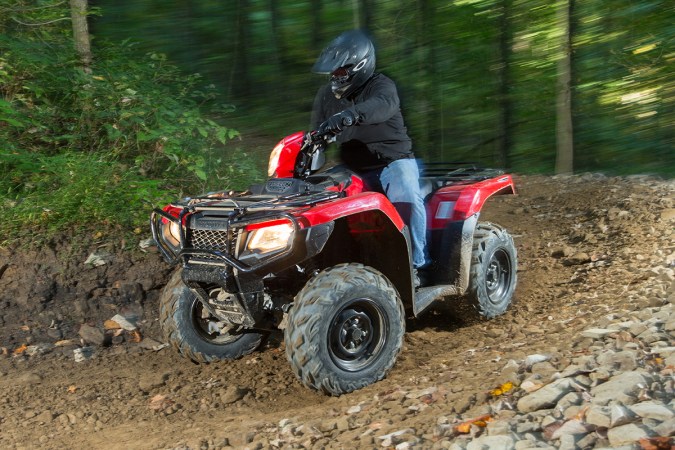We may earn revenue from the products available on this page and participate in affiliate programs. Learn More ›
A good baselayer can make or break your trip. Getting cold can make you uncomfortable, or even worse, turn you into a hypothermia patient. While most outdoor gear is generally expensive and you can find other products at lower prices, investing in good baselayers like the Ibex Merino Woolies Tech is worth every penny.
This winter, I tested Ibex’s Woolies Tech, a line of ultralight baselayers made almost entirely from Merino wool. This was one of my first experiences with Merino. Even though I’ve been hiking, camping, backpacking, and skiing for some time, and I’ve heard people rave about it for years.
To test the base layers, I made a list of my own criteria for baselayers and evaluated them based on their performance for skiing, snowshoeing, hiking, and running in a variety of temperatures. I also tested them for smell, sweat, mobility, and comfort. I found that Woolies Tech excelled in all of the above and are a true four-season set. I’m fully convinced that a Merino wool baselayer is the most effective and sustainable way to layer in the outdoors.
Ibex Merino Woolies Tech Specs and Features
- 81% wool, 12% nylon, 7% elastane (19% synthetic materials)
- Flatlock seams reduce chafing
- Thumbholes for easy layering under midweights and gloves (top)
- Merino base-layer keeps you warm and dry
- Durable nylon core Merino wool
- Covered elastic waistband (bottom)
- Moisture wicking with odor control
- Ultralight Pro-Tech fabric (180gsm)
These Merino wool base layers are designed to effectively regulate your body temperature, while wicking moisture and keeping you odor free (see below for a full breakdown of Merino wool’s benefits). This featherweight layer contains 19-percent synthetic materials to hold the layer’s structure (Merino wool is 1/5th the diameter of a human hair) and keep it form fitting. The cuffs and knees don’t stretch with activity, and the top’s collar doesn’t warp from taking it on and off. The Woolie’s Tech top layer has a sewn-shut optional thumb hole you can open if you like (I love a thumb hole for under my glove liners in the winter), and its raglan sleeve stretches from the collar all the way to the cuff for maximum range of motion.
Ibex Head of Sales, Jordan Todoroff, calls Woolies Tech the “goldilocks weight for thermals and high-aerobic thermals, specifically,” because of its 180gsm weight (most companies produce much thinner or heavier materials made for more specific uses). “It’s made for living,” he continues, saying that athletes in Alaska use Woolies Tech across all seasons, conditions, and sports. Todoroff even brought Woolies Tech as his only baselayers on a New Zealand/Australia trip that entailed high-alpine mountaineering and time in the desert.
What is Merino Wool?
Todoroff aptly calls Merino wool a “miracle fiber.” Most layers people may have in their closets are likely cotton or synthetic. While cotton is a great, durable, and comfortable fabric, it can retain up to 27x its own weight in moisture. Most outdoors people know the phrase “cotton kills.” That’s because if you get wet, that moisture is freezing on you—and a cold core can be detrimental. On the other end of the spectrum, synthetic fibers—plastic polymers derived from oil—are a pioneer in the outdoor industry for repelling water, being extremely durable, and stretching/maintaining their shape. But aside from the massive environmental impact, water and oil don’t mix. This means, not only do your layers smell, polyester doesn’t thermoregulate. So, when you start to move, your body temperature spikes because you’re wrapped in plastic. And then when you stop moving, all the condensation you’ve built up under that layer evaporates immediately, causing your temperature to plummet.
Merino wool doesn’t suck up moisture like cotton. Instead, it soaks up water as a vapor, holds a small amount of moisture, yet keeps you very dry. This next-to-skin layer heats the small amount of retained moisture to regulate your temperature—in the cold, it functions like a wetsuit, and in the heat, it constantly releases heat and water. And, you don’t have to wash it after every wear because it’s naturally antimicrobial. Ibex uses Merino wool for baselayers, fill for puffy jackets, glove liners, neck gaiters, and other layers that require body temperature regulation.
Just ask the experts. Early 20th century explorer Ernest Shackelton was stranded in the Arctic for 500 days wearing Merino wool. And “Alone” season 8 winner and Outdoor Life contributor, Clay Hayes, calls Merino wool “a miracle fabric.” “What do I do about scent management,” Hayes says, “It’s something I’m often asked about, and the answer is I wear Merino wool. That’s it.”
Testing Ibex Merino Woolies Tech Baselayers in the Field
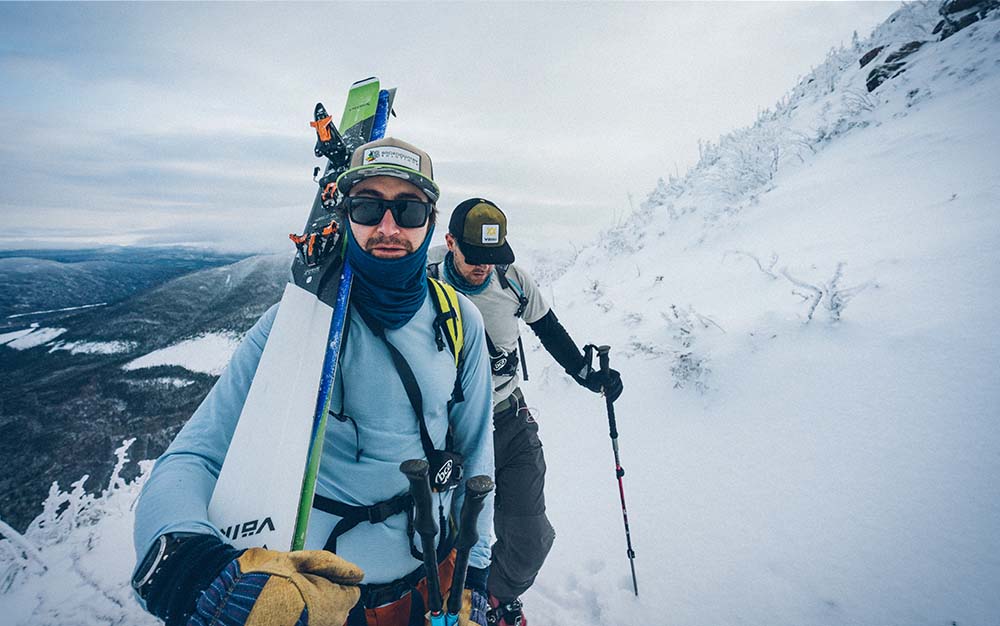
While I read some reviews about how people considered Woolies Tech to run small, I decided to stay true to size for testing purposes. I wear a women’s 0-2 or XS, so I stuck with that, and am happy I did. The layers are form fitting, but I still feel extremely mobile running, skiing, and hiking—this means that an XL is generally a true XL and fits sizes 14-16, generally speaking. Additionally, as a tall person, I don’t feel like the legs or arms fall short, and if you’re worried about the bottoms being too long or bunching in your boots, Woolies Tech comes in a ¾ length. I’ll expand on this later, but if you don’t love wearing super-fitted clothes, these layers may stay hidden forever under other layers, so they should be rather tight.
To see how well Woolies Tech regulates body temperature, I’m lucky enough to live in Colorado’s Front Range, where it can be 70 degrees one day, and snowing the next. My first day with the layers, I went for an 8-mile run in sunny, crisp conditions. Just wearing my base layers under shorts and a t-shirt felt very comfortable, and I immediately noticed how sweat wasn’t collecting on my clothes. Because it’s currently ski season, I tend to layer like this: Woolies Tech baselayers, a thin zip up, a puffy jacket, and either a pullover jacket or a shell. It’s super important to me to keep my core warm in situations where I can (and will) fall in snow. Even when I’ve gotten some snow under my jacket, I haven’t felt like my day is over because I can’t get warm again. And especially when it’s below zero degrees and I’m generating a lot of internal heat, I don’t feel like I have accumulated sweat under all of my additional layers. Merino—and specifically Ibex—has made me keenly aware of layering smartly, and that a ton of layers doesn’t actually mean you’ll be warmer.
Head of Sales, Jordan Todoroff, challenged me to add a “smell test” to my testing process; for four consecutive days of skiing, I didn’t wash my layers and left them out to air. Even after working extremely hard on the mountain and smelling not so great myself after each day, you could barely tell my Woolie’s Tech had been worn at all. I decided to wash them after one more use, but if I had been on a backcountry trip, I wouldn’t have felt dirty or uncomfortable continuing to wear them.
Additionally, one of my favorite things is the sustainability of Ibex’s Merino wool. As Todoroff puts it, “buy less, buy better,” and the water for dyeing these long-lasting layers goes through a five-stage treatment to return it to waterways cleaner than it started. The first thing we all can do is simply reduce our consumption by buying better-quality stuff and replacing it less, and the second is making sure production leaves a minimal impact. And while I did not want to bury my layers as part of my test, Ibex’s layers are actually fully compostable, and only need 90 days to a year to fully break down.
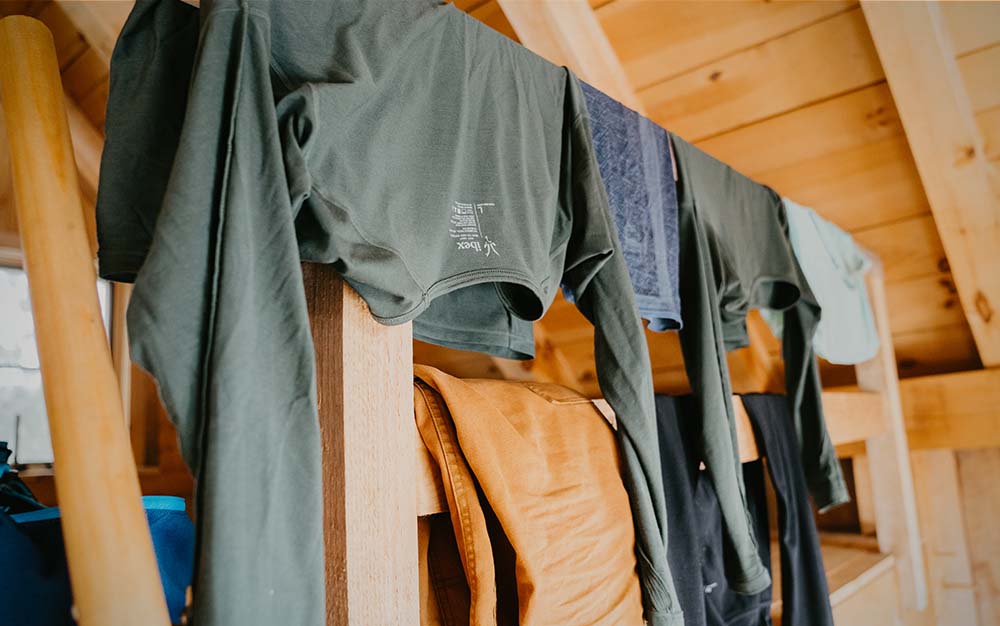
Where Ibex Merino Woolies Tech Baselayers Fall Short
Two of the most common critiques of the Woolies Tech baselayers are that they run too small and are itchy. While I did not experience either of these, I addressed them with Jordan Tordorff to clear things up. While Ibex does run on the small side, he stressed that the layers can’t do their jobs fully if they aren’t touching your skin. A Woolies Tech layer is not a regular shirt, and should be viewed more as a next-to-skin layer. While I like to wear looser clothes when exercising, I took Ibex’s recommendation seriously and went with a women’s XS when ordering my sample (my typical size) and layered loosely over this second skin.
And while I didn’t find these layers to be particularly itchy, they don’t feel like cotton or synthetic fabrics. I am not used to wearing wool as a base, and I doubt many Americans are. Just remember to wash it before you wear it (even when you don’t have to wash it much after).
Finally, the price is intimidating. I have a hard time spending over $200 on clothes people actually see, let alone long underwear. So it’s understandable if that’s what’s deterring you from investing in Ibex. But you get what you pay for, and Merino wool—combined with intentional construction—is probably the best out there. I recently donated three synthetic tops after only bringing Ibex baselayers on a ski trip, and am now making an effort to own less gear, but make it better quality. Food for thought.
What They Do Best
In short, everything I outline about Merino wool. These layers are warm, mobile, and lightweight. Since getting my set, I will not wear anything else as my base when skiing (from sub-zero temperatures to a warm, sunny day). I also love the colors Ibex offers. It’s easy to hide design flaws in dark colors—along with how much sweat the garment holds—but their fun and vibrant color options prove these layers are excellently made and just an overall great product. If you’re willing to spend $200+ on one baselayer set that’ll do everything you need—without spending any more money on base layers for (likely) years—this is the best Merino wool baselayer. As Tordorff puts it, buying Woolies Tech is “spending $100 to never think about what temperature you are.”
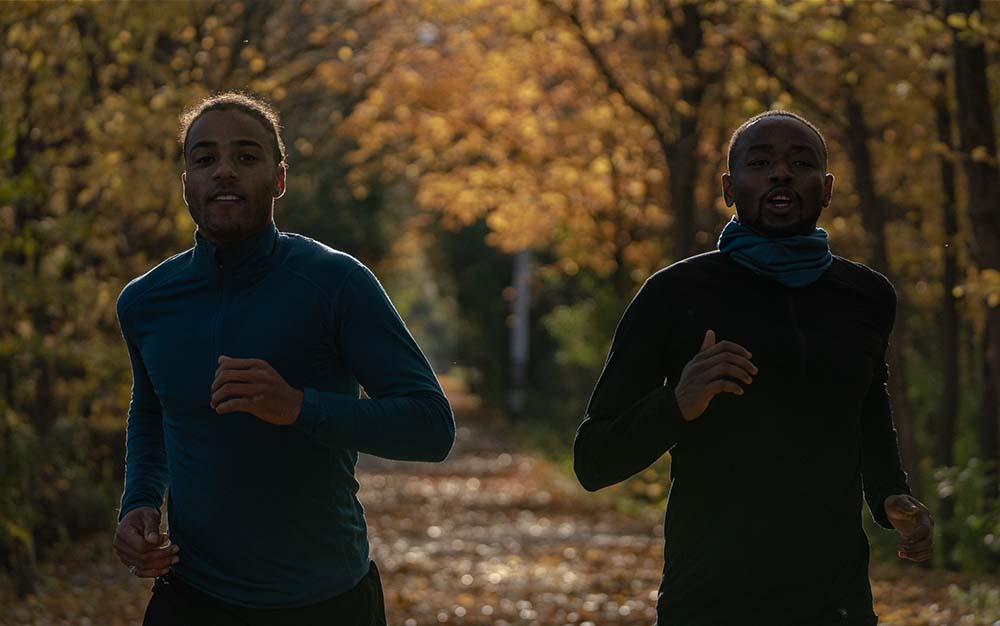
The Upshot
A good baselayer is critical: not only for your warmth and comfort outside, but also for your safety. Especially if you have to spend longer in the elements than anticipated, keeping your core warm should be your first priority. Cotton doesn’t cut it if you get wet, and synthetic just can’t keep your temperature stable. I’d recommend Ibex Woolies Tech to any multi-season athlete or adventurer looking for one thing to do it all. They do have a return policy if you’re worried about sizing or the texture of (pre-washed) Merino wool. Because your whole trip can depend on the quality of your layers and, in my opinion, Ibex is the best in terms of mobility and comfort.

